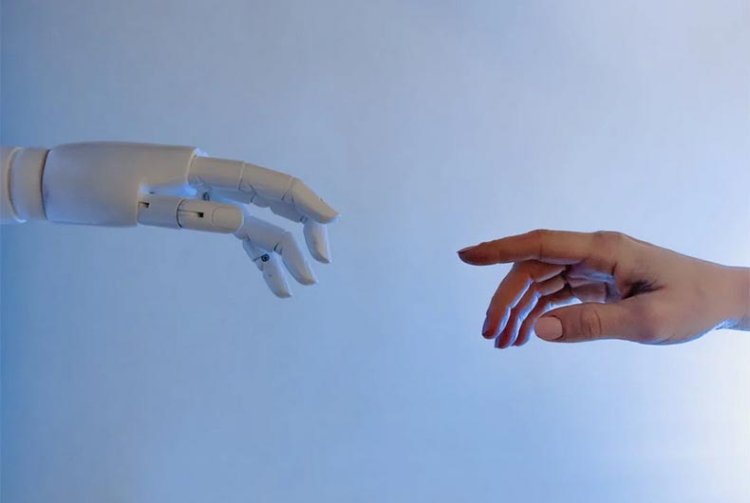Robotic thumb, arm, wings on humans could soon be a reality: Scientists

London: Advancements in human augmentation are likely to give humans a robotic thumb, arm or arms, wings, or tentacles in the coming decades, according to scientists.
The additional robotic body parts could be designed to boost our capabilities, and the approach could increase productivity, Tamar Makin, Professor of Cognitive Neuroscience at the MRC cognition and brain unit at Cambridge University, was quoted as saying in The Guardian.
"If you want an extra arm while you're cooking in the kitchen so you can stir the soup while chopping the vegetables, you might have the option to wear and independently control an extra robotic arm," she said.
A 3D-printed thumb that can be added to any hand has already been created by Dani Clode, a designer and colleague of Makin's at Cambridge.
The extra thumb could be helpful for waiters holding plates, or for electrical engineers when soldering, for example, and other robotic body parts could be designed for particular workplace needs, according to Dani Clode, a designer and colleague of Makin's at Cambridge. He has already created a 3D-printed thumb that can be added to any hand, the report said.
"We spoke with a surgeon (who) was really interested in holding his camera whilst he's doing shoulder surgery, rather than his assistant holding his camera," Clode was quoted as saying. "He wanted to be in full control of the tools that he's using with the two hands whilst also holding that camera and being able to manipulate that as well."
While the approach may be highly beneficial for people living with disabilities, the team envisages that such devices also be used by people who are not disabled.
"If you're missing a limb, instead of trying to replace that limb, why don't we augment your intact hand to allow you to do more with it?" Makin said.
However, such robotic body parts are not hand-operated, but connected to two wrist-based motors that are hooked up to a battery and microcontroller on the upper arm.
This system is wirelessly connected to microcontrollers mounted on the wearer's shoes or ankles, which are connected to pressure sensors underneath the two big toes, the report said.
Makin said that her team is also conducting research to understand what the additional device may do to the nervous system, but she believes there is no ethical justification for such an invasive approach in otherwise healthy humans.















































